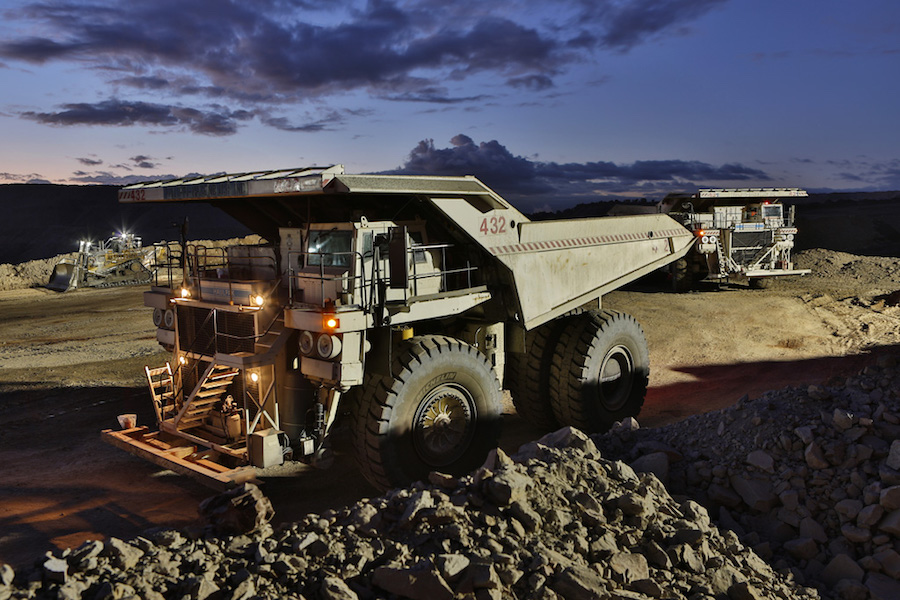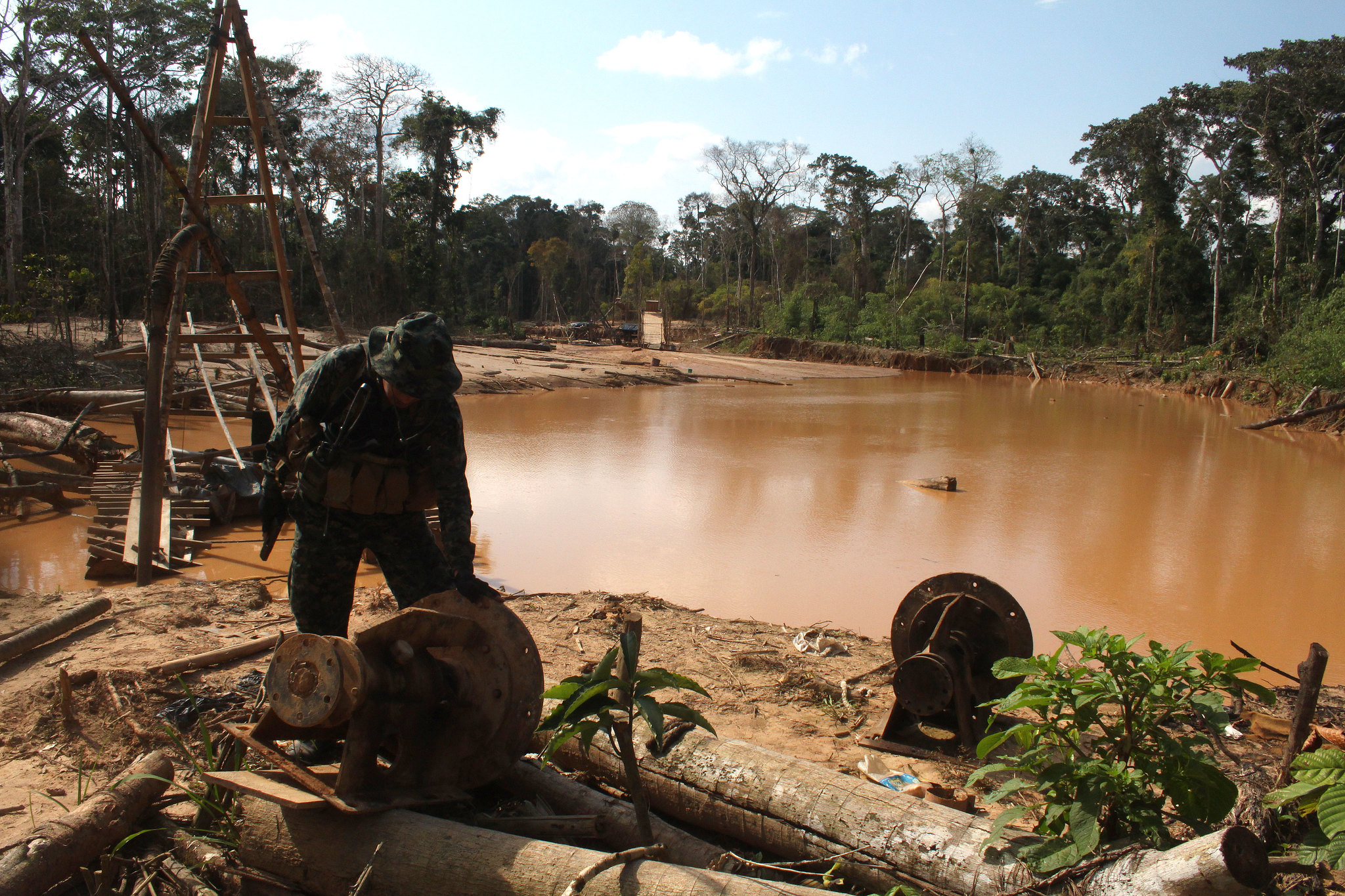Australia lays out plan to make biggest polluters slash emissions

Australia’s Labor government proposed on Tuesday to make the country’s biggest polluters slash emissions by 30% over the next seven years, with some leeway for trade-exposed industries, such as aluminum and liquefied natural gas (LNG).
The government also announced it would release A$600 million ($414 million) to trade-exposed facilities to help them cut emissions.
The “safeguard mechanism” reform plan, which the government plans to finalize in April to take effect on July 1, is key to achieving its target to cut carbon emissions by 43% from 2005 levels by 2030 and achieve net zero emissions by 2050.
“Reforms to the Safeguard will help create an effective, equitable and efficient trajectory to net zero,” Climate Change and Energy Minister Chris Bowen said in a statement.
The safeguard mechanism, in place since 2016, seeks to limit emissions from Australia’s biggest polluters – 215 oil, gas, mining and manufacturing facilities that annually emit more than 100,000 tonnes of carbon dioxide-equivalent (CO2-e).
Together they account for 28% of Australia’s carbon emissions. They are forecast to emit 143 million tonnes of CO2-e in the year to June 2023, and the government wants them to cut that to no more than 100 million tonnes of CO2-e by 2030.
That ensures they will deliver their proportional share of emissions cuts across the economy.
Based on six months of consultation, the government proposed to stick with the principle of setting baselines for each of the covered facilities based on emissions intensity, rather than absolute emissions. That means the allowed baseline for a plant’s emissions would rise or fall in line with increases or declines in a facility’s production.
Baselines will be site-specific initially then move towards industry average benchmarks by 2030, in line with calls from LNG exporters who said ways to help them slash emissions, such as using carbon capture and storage, will only be available later this decade.
In response to industry requests, the government said it would consider a carbon border tariff to support companies that compete against products from countries that have weaker pollution curbs.
($1 = 1.4495 Australian dollars)
(By Sonali Paul; Editing by Lincoln Feast and Michael Perry)
{{ commodity.name }}
{{ post.title }}
{{ post.date }}

Comments